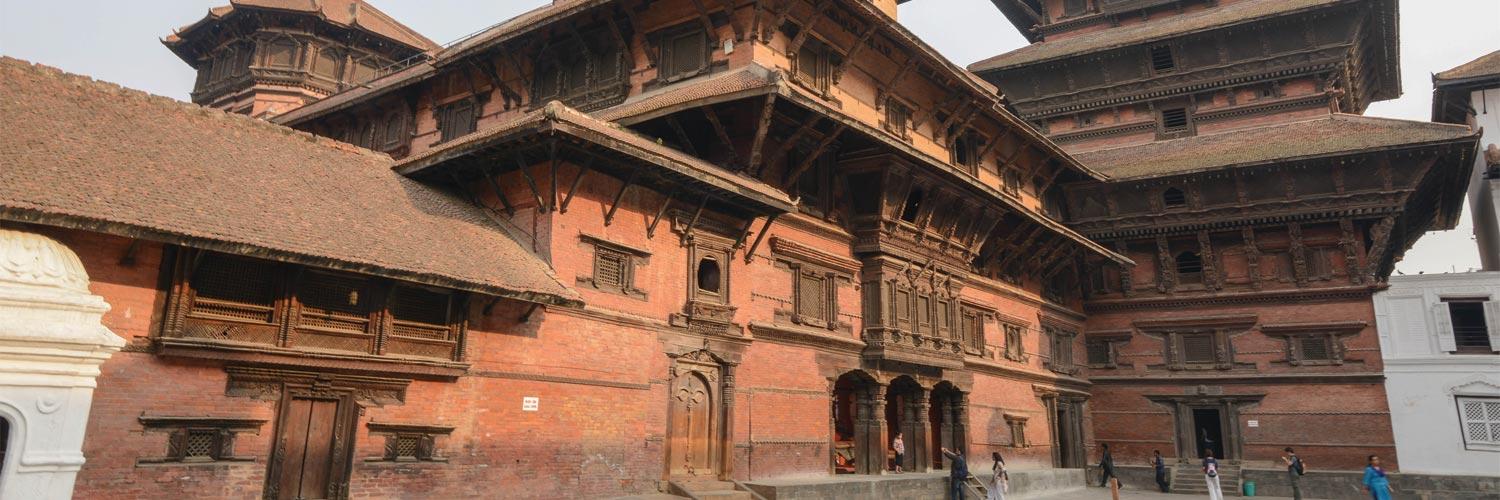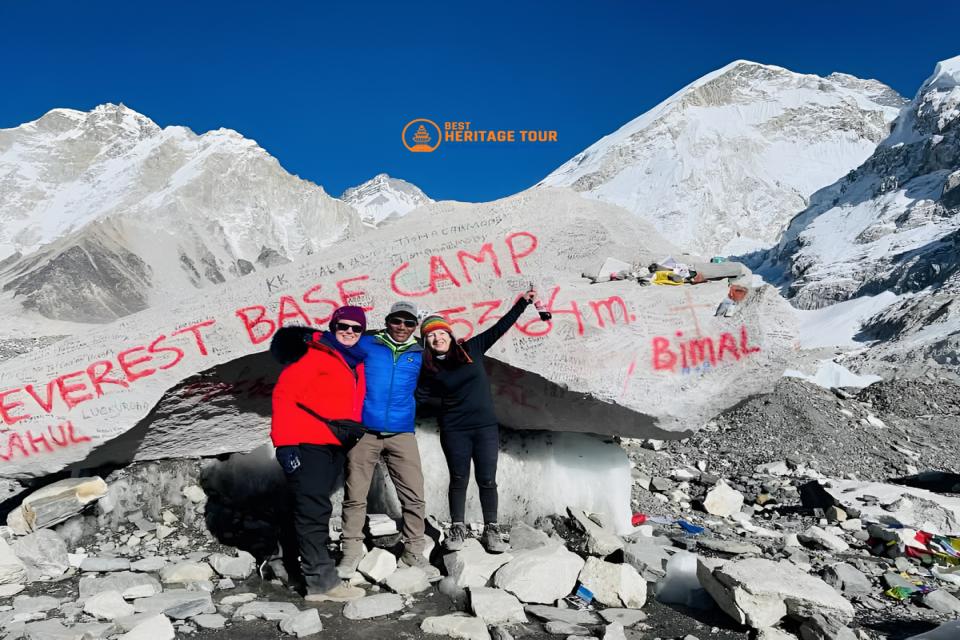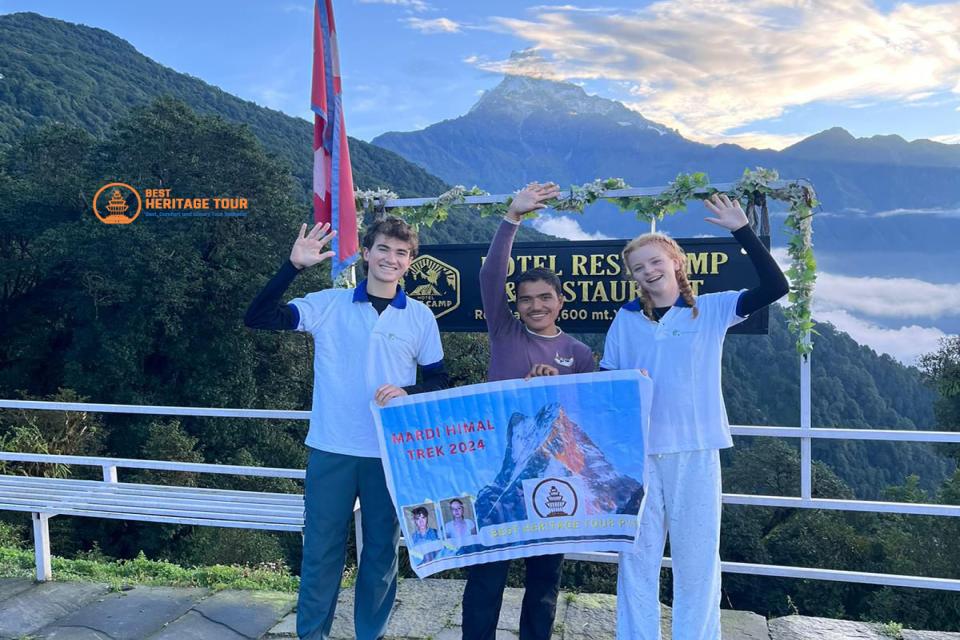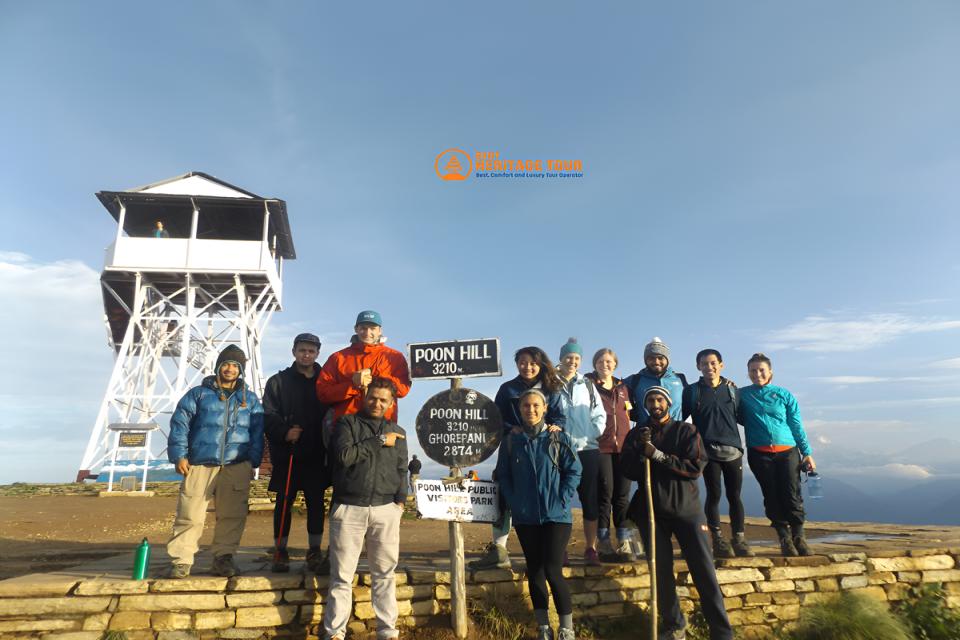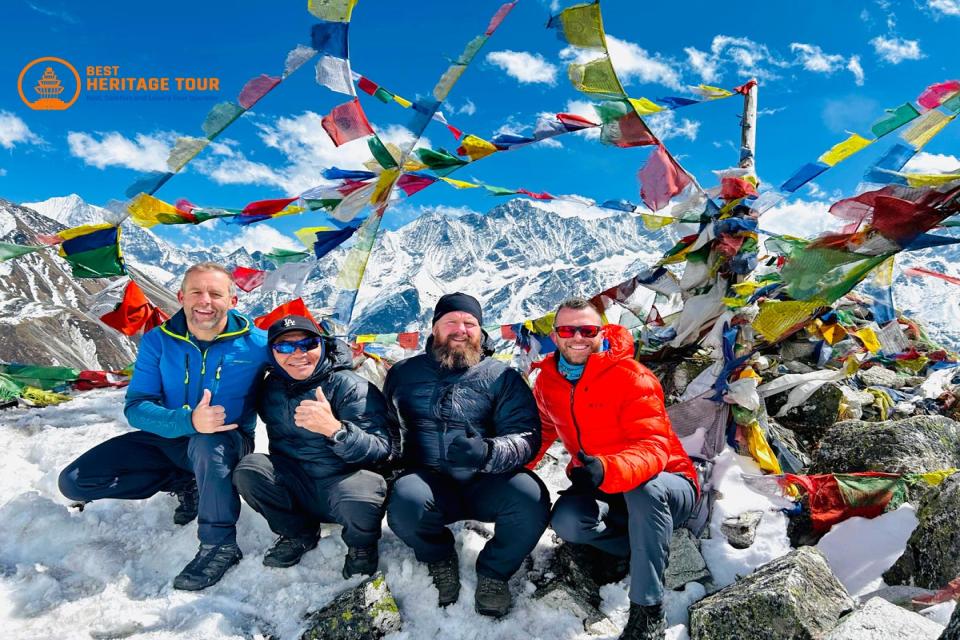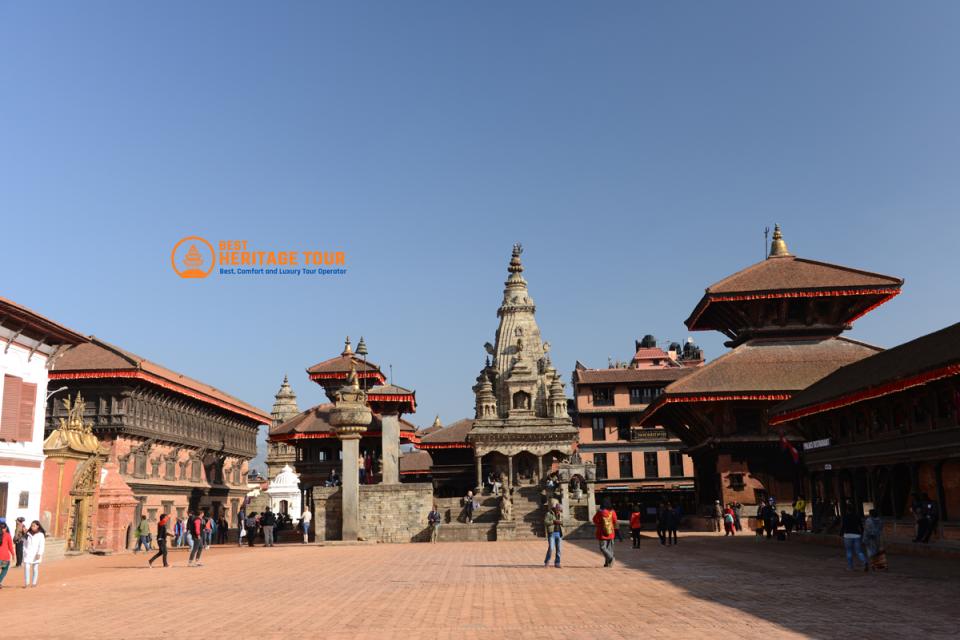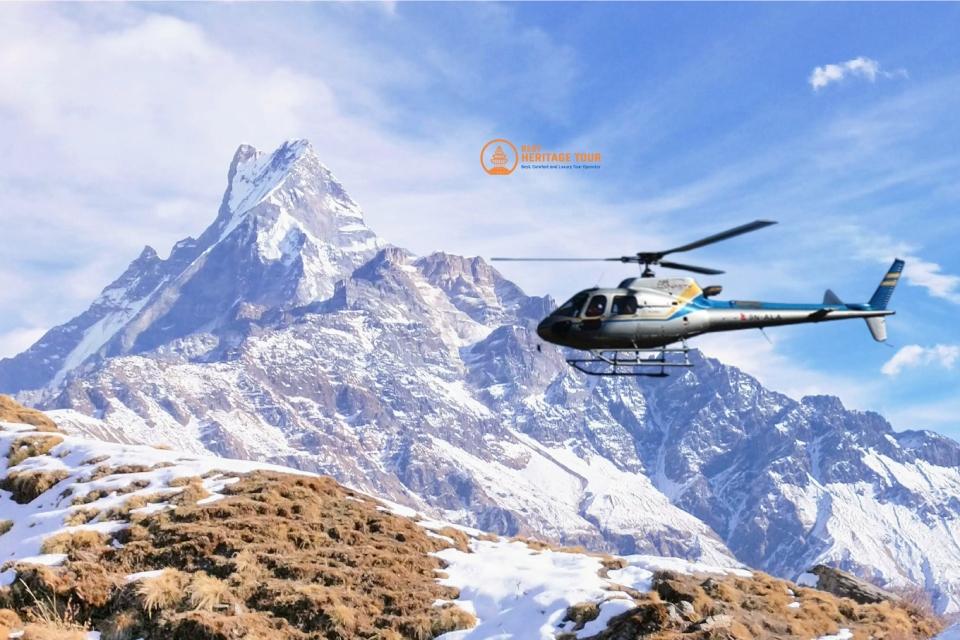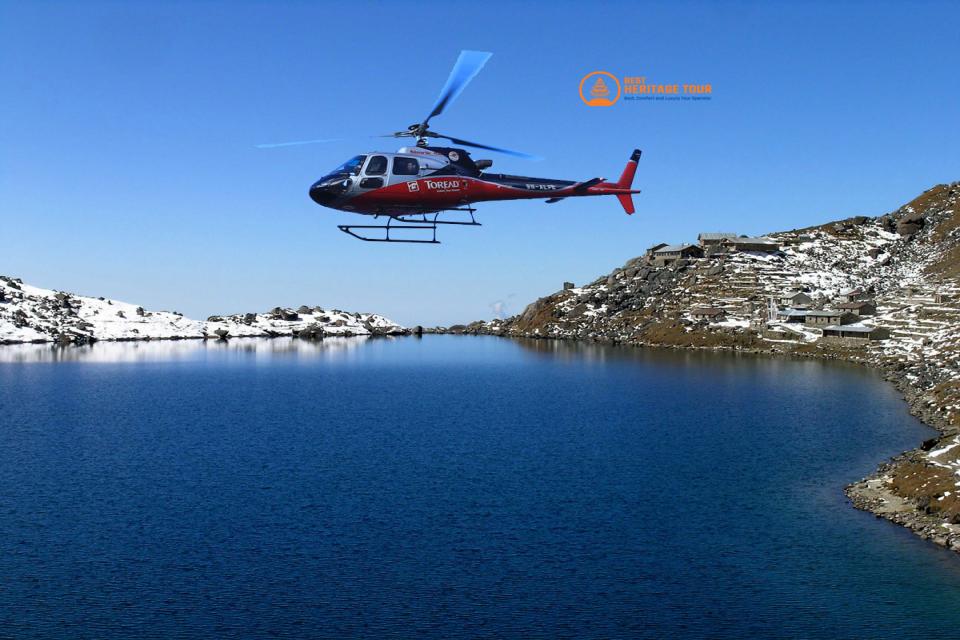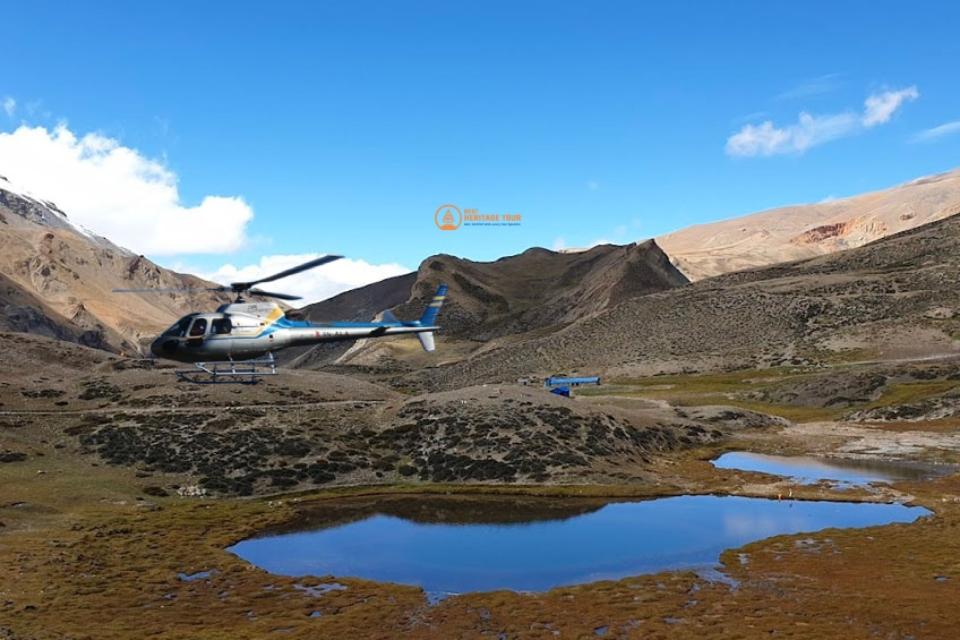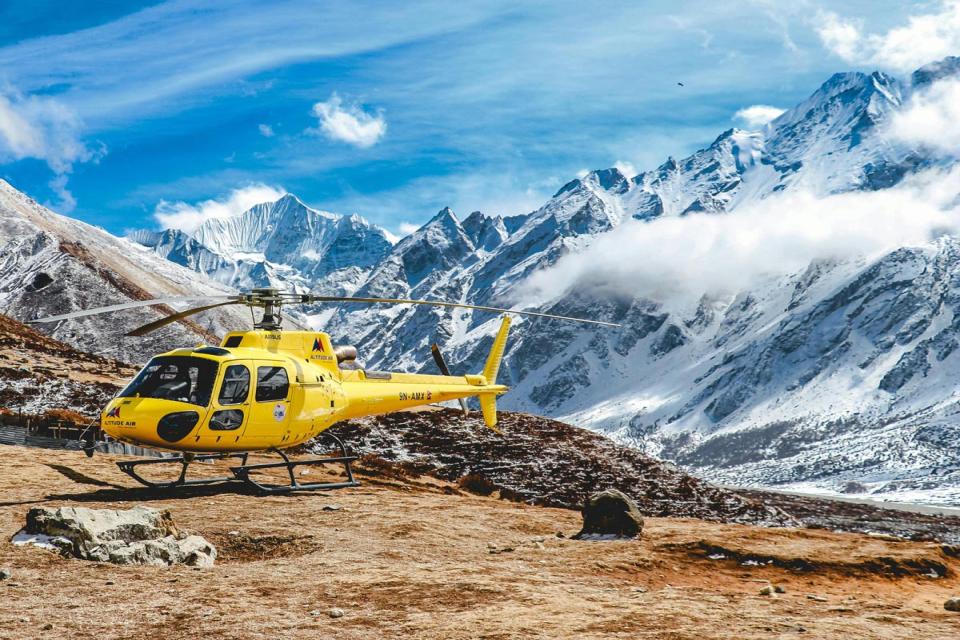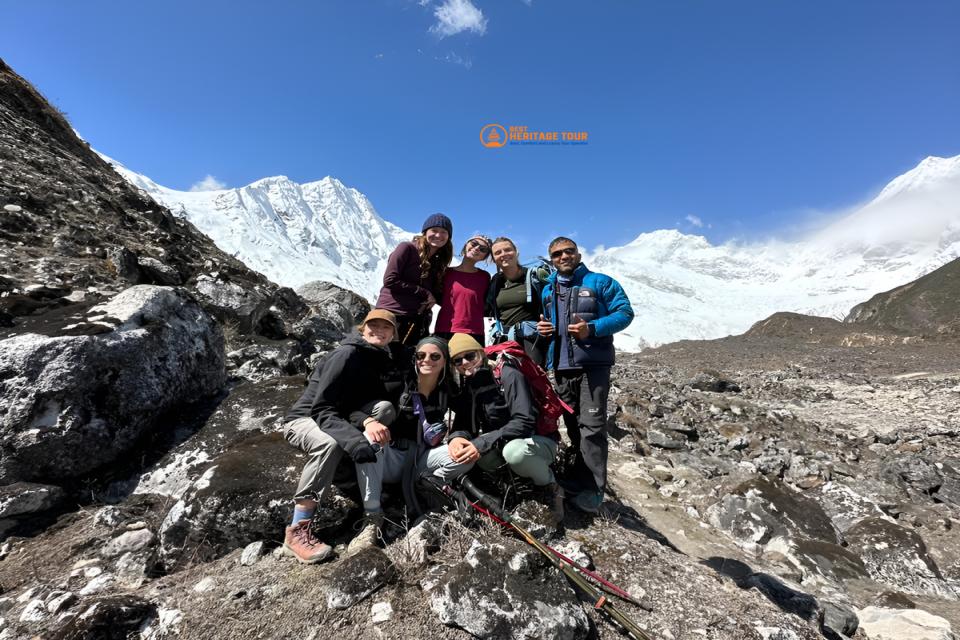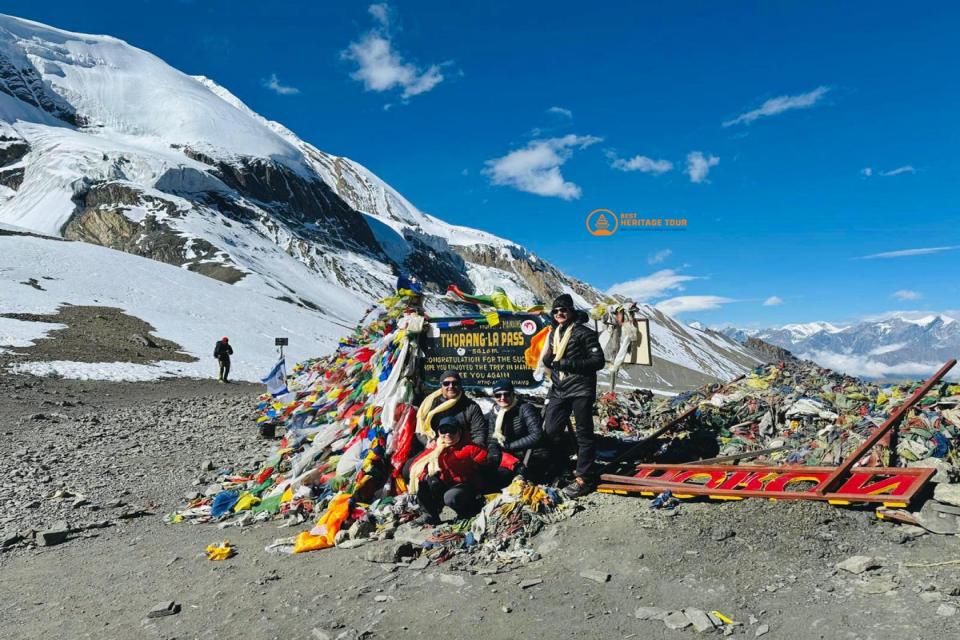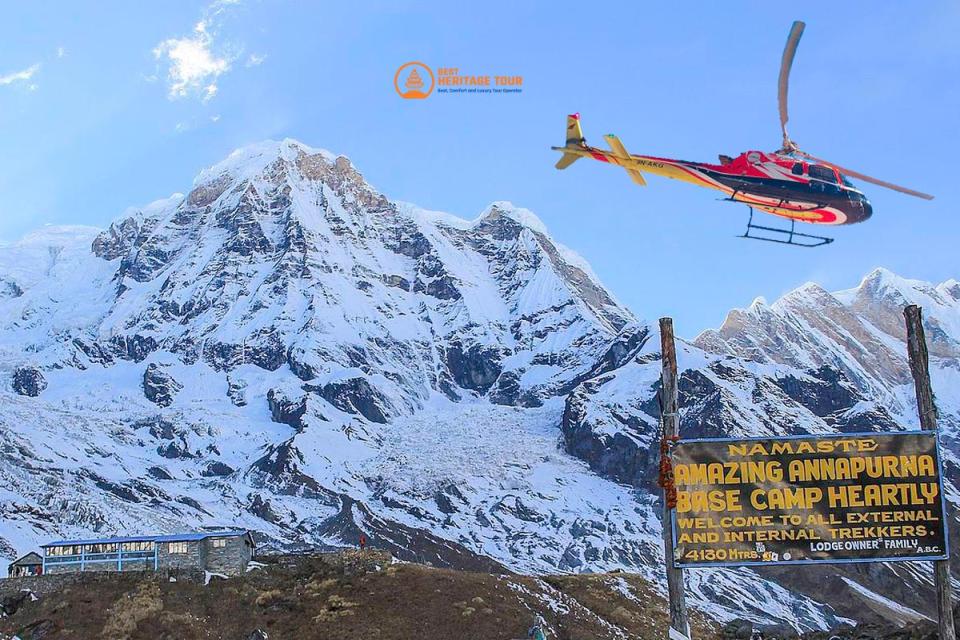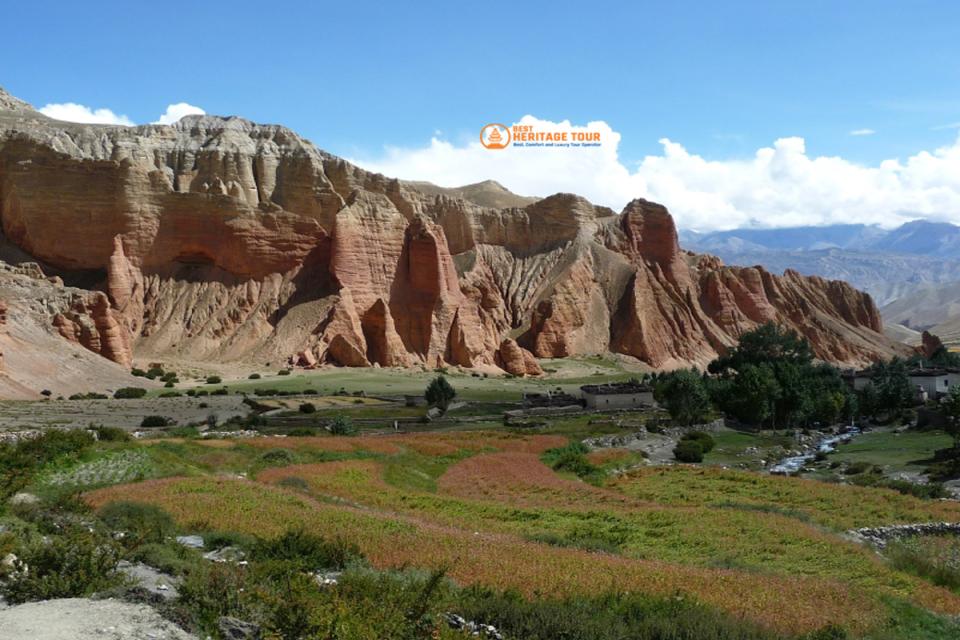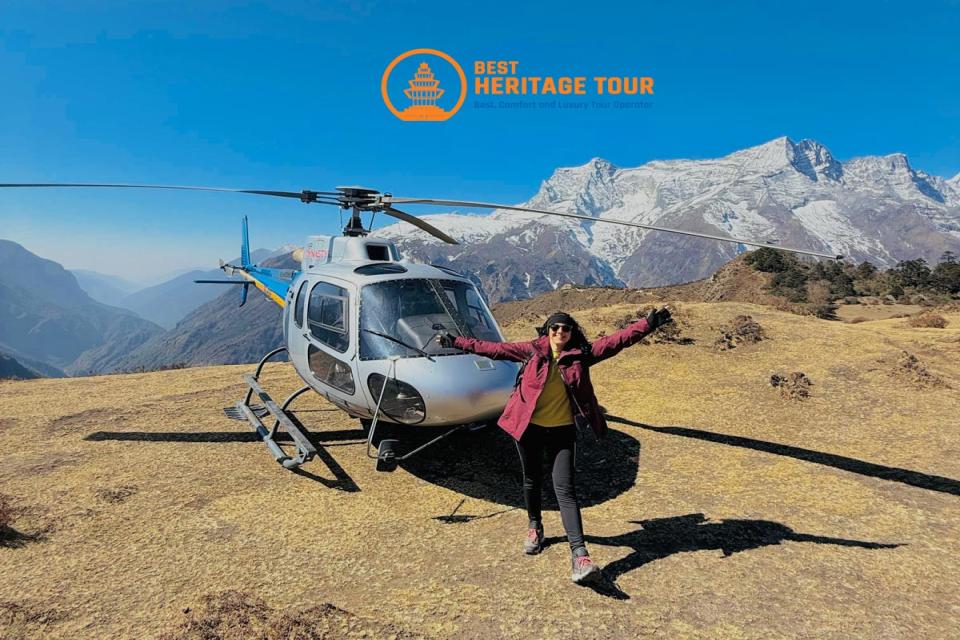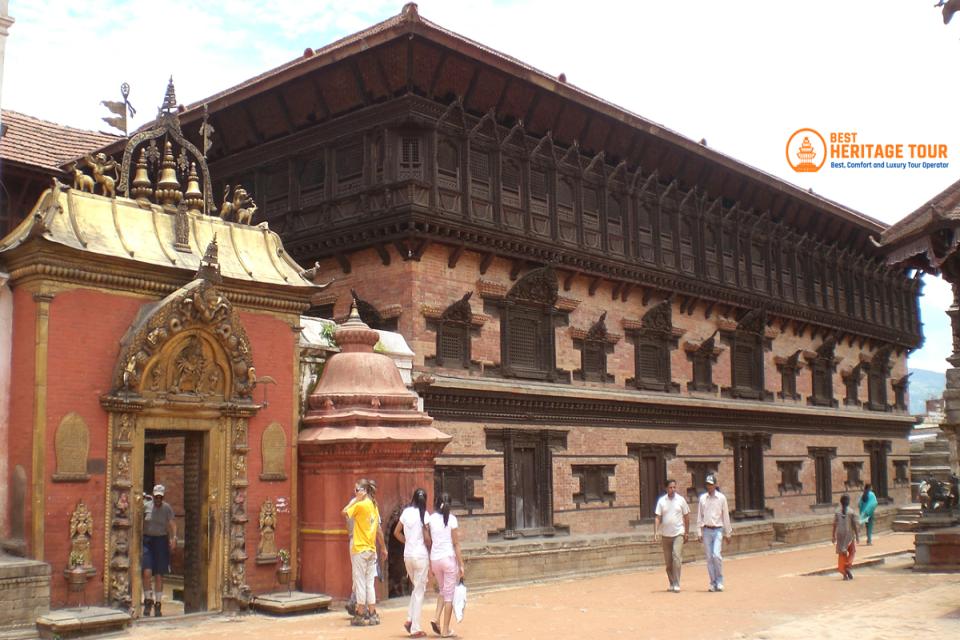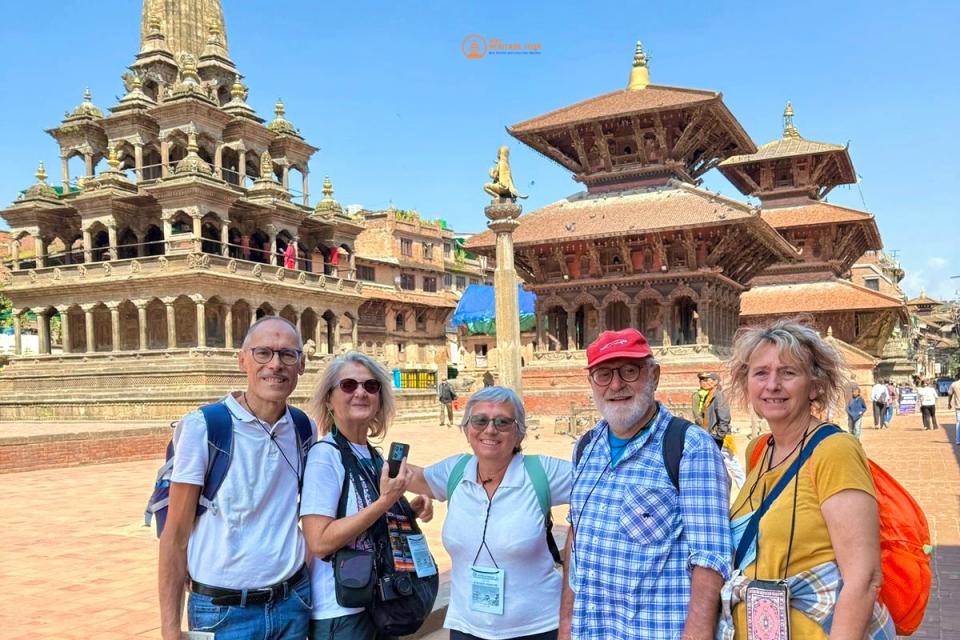Nepal is one of the most popular travel destinations in the world, known for its rich culture, stunning landscapes, and affordable travel experiences. Travelers from all over the globe are drawn to this country nestled between the towering peaks of the Himalayas, offering a blend of adventure, spirituality, and natural beauty. Whether you're a backpacker looking to hike in the Annapurna Circuit or a cultural traveler exploring ancient temples, Nepal is often considered one of the most budget-friendly travel destinations.
However, what many first-time travelers might not realize is that while Nepal has a reputation for being cheap, certain costs can surprise you, especially when it comes to transportation, trekking permits, domestic flights, and entry fees to cultural sites. In this blog, we will dive deeper into Nepal’s affordability, break down common expenses, and provide useful tips to help you travel efficiently without breaking your budget.
Why Nepal is Considered Budget-Friendly
Nepal's cost-effective reputation isn't an exaggeration. Many factors contribute to its affordability:
-
Low cost of living compared to Western countries: Nepal has a relatively low cost of living, meaning your money stretches further here.
-
Affordable food options: From street snacks to local meals like dal bhat (lentil soup with rice), momo (dumplings), and chow mein (noodles), food prices are significantly lower than in most Western countries.
-
Range of accommodations: Budget accommodations, such as dorms or simple guesthouses, are easy to find, with prices starting as low as $5 per night.
-
Inexpensive transportation: Public transportation, such as buses and tuk-tuks, is relatively cheap, making it easier for travelers to get around.
-
Affordable trekking routes: Nepal is famous for its trekking routes that range from beginner to expert level. The cost of trekking, particularly on popular trails like the Annapurna Circuit, can be kept low by choosing local teahouses and guides.
Despite these benefits, there are certain costs that travelers should consider before embarking on their journey.
Cost Breakdown: Budget vs. Realistic Spending in Nepal
It’s important to distinguish between basic budget options and the real costs that may arise during your trip. Here’s an overview of the expenses you can expect depending on your travel style:
Budget Traveler (Backpacker Style)
-
Accommodation: Hostels or basic guesthouses cost between $5–$10 per night.
-
Meals: Expect to pay around $1–$3 per meal at local eateries.
-
Transportation: Local buses and tuk-tuks will typically cost $2–$5 per day.
-
Entry Fees: UNESCO heritage sites and temples often charge $5–$10 for entry.
-
Total daily spend: Between $25–$40.
Mid-Range Traveler (Comfort & Convenience)
-
Hotels: A comfortable hotel with amenities like Wi-Fi, breakfast, and air conditioning will cost between $25–$60 per night.
-
Meals: Dining at cafés or tourist restaurants will cost around $10–$20 per day.
-
Intercity Transport: A private or luxury bus between cities may range from $30 to $100.
-
Guided tours: Hiring a guide or tour operator for activities like cultural explorations or nature walks can cost $20–$40 per day.
-
Total daily spend: Between $70–$120.
Trekker/Adventure Tourist
Trekking in Nepal often incurs additional costs, including permits, guides, porters, and more.
-
Permits: Trekking permits can cost anywhere from $40–$200+ depending on the region.
-
Domestic flights: Domestic flights, which are often essential for reaching trekking areas, can cost between $100 and $250.
-
Porters/Guides: Hiring a porter or guide will cost $20–$50 per day.
-
Gear rental/purchase: Renting trekking gear, such as sleeping bags or jackets, will cost about $50–$150 for the duration of your trek.
-
Total trip cost (7–14 days): A trekking trip can range from $800–$1,500+.
Even though daily living costs in Nepal can be very low, one-time expenses for trekking permits, flights, and transportation can add up quickly.
Transportation in Nepal: Budget-Breaker for Many
One of the biggest factors that may push your travel budget beyond expectations is transportation, especially domestic flights and travel between cities.
Local Transportation
In major cities like Kathmandu, Pokhara, and Chitwan, public transportation is quite affordable:
-
Tuk-tuks and tempos: Cost around $0.30–$1 for short trips.
-
Ride-hailing apps: Services like Pathao or InDrive charge $2–$5 per ride, depending on the distance.
-
Private taxis: Fares typically range from $5–$10, but always remember to negotiate the fare before starting your ride.
-
Local buses: These are inexpensive but can be overcrowded and slow.
Intercity Transportation
-
Tourist buses: Travel between major cities like Kathmandu and Pokhara costs around $10–$30, depending on the bus service.
-
Luxury buses: A luxury bus ride like the Greenline service, with meals and AC, can cost around $35+.
-
Shared jeeps: For more remote areas, such as Ramechhap or Jomsom, shared jeeps cost anywhere between $50 and $150 per seat.
-
Local buses: Travel on local buses can be as low as $5–$15, though they tend to be less comfortable for long journeys.
Domestic Flights (Costliest Part of Travel)
Air travel within Nepal can significantly increase your budget:
-
Kathmandu–Pokhara: Around $100–$120.
-
Kathmandu–Lukla (for Everest trekking): Typically $180–$220.
-
Pokhara–Jomsom: Costs about $120–$150.
-
Flight delays: Due to Nepal’s weather conditions, flight cancellations and delays are common, which can add unexpected costs to your budget, especially for rebookings.
Given the geographic nature of Nepal, domestic flights may be necessary for certain trekking routes, adding to your overall costs. However, flights are often the quickest way to reach remote trekking destinations like the Everest region.
Trekking: Beautiful but Pricey
Trekking in Nepal is one of the most popular activities for tourists, and while it offers stunning views and incredible experiences, it can be surprisingly expensive when you factor in logistics, permits, and support services.
Trekking Permits
To trek in Nepal, you will need permits depending on the region. Here are some examples of popular trekking permits:
-
Everest Base Camp: $30 for Sagarmatha Park + $20 for Khumbu Pasang Lhamu Permit.
-
Annapurna Circuit: $30 for ACAP + $20 for TIMS Permit.
-
Langtang Valley: $30 for Langtang NP + $20 for TIMS Permit.
-
Upper Mustang: Restricted Permit (10-day minimum stay): $500+.
These permits can be costly, especially for restricted areas like Upper Mustang, where the permit price can go up to $500+.
Trekking Support (Guides and Porters)
Hiring a guide or porter is a common practice on Nepal’s trekking routes:
-
Guide: Typically $25–$40/day.
-
Porter: Can cost $15–$25/day.
-
Teahouse Lodging: $5–$15 per night, depending on the area.
-
Meals: Trekking food is more expensive than in cities. Expect to pay around $5–$10 per dish as you ascend.
Gear Rental
If you don’t have your own trekking gear, you can rent it:
-
Sleeping bags: $1–$2 per day.
-
Down jackets: $1–$2 per day.
-
Trekking poles: $0.50–$1 per day.
-
Full gear kits: $50–$100 per week.
Tip: Best Heritage Tour offers budget-friendly trekking packages, including permits, meals, lodging, and support staff, making it easier for trekkers to manage their costs.
Accommodation: Something for Every Budget
Whether you’re staying in cities or trekking in the mountains, there are options available for every budget.
In Cities
-
Budget Hostels: Prices range from $4–$10 per night for dorm rooms or shared bathrooms.
-
Mid-Range Hotels: Prices range from $25–$50 for a more comfortable stay with amenities such as Wi-Fi, AC, and breakfast.
-
Luxury Hotels: Luxury accommodations start around $80 and can go up to $300 or more for boutique stays or resorts.
While Trekking
-
Basic Teahouses: Accommodation in the mountains is basic, typically costing $3–$6 per night.
-
Comfortable Lodges: Prices range from $10–$25 per night in areas with better amenities.
-
Remote Areas: In remote regions, you may find rooms are cheaper, but meals will be a mandatory purchase, typically ranging from $6–$10 per meal.
Food: Delicious and Cheap (Except at Altitude)
Food in Nepal is both affordable and delicious, though costs can increase as you move to higher altitudes.
Urban Areas
-
Street Food/Snacks: You can grab snacks like momos or samosas for as little as $0.50–$1.
-
Local Meals: A typical local dish like dal bhat costs between $1.50 and $4.
-
Tourist Restaurants: Meals at tourist-oriented restaurants can cost $4–$10.
-
Western Cafés: Expect to pay $8–$15 for a Western-style meal.
Mountain Areas
Food costs rise with altitude as it must be carried by porters or yaks:
-
Dal Bhat: Costs between $6–$10.
-
Porridge/Eggs: Around $3–$6.
-
Snacks: $2–$5 for chocolates, nuts, or instant noodles.
-
Boiled Water: You can expect to pay $1–$3 per liter.
Entry Fees: Essential for Cultural Explorers
Nepal’s UNESCO World Heritage Sites are a major attraction, but most come with an entry fee:
-
Kathmandu Durbar Square: $10
-
Bhaktapur Durbar Square: $15
-
Patan Durbar Square: $10
-
Swayambhunath Stupa: $2
-
Boudhanath Stupa: $2
-
Pashupatinath Temple: $10
-
Garden of Dreams: $2
Some sites offer multi-site passes, which can be a good deal if you're planning to explore several attractions.
Miscellaneous & Hidden Costs
When traveling, there are always a few unexpected costs:
-
Nepali SIM Card: Around $3–$6 for data.
-
Wi-Fi: Free in cities but limited in rural areas.
-
ATM Withdrawal Fees: Expect to pay $4–$6 per transaction.
-
Tipping: A standard tip of $5–$10 per day for guides and porters.
-
Travel Insurance: Approximately $50–$100 per month, especially for high-altitude trekking.
Best Time to Visit Nepal for Affordability
The cost of your trip can fluctuate depending on the season. Here’s a breakdown:
|
Season |
Months |
Budget Impact |
Travel Experience |
|---|---|---|---|
|
Spring |
Mar–May |
Medium to High |
Peak trekking, blooming rhododendrons |
|
Summer |
Jun–Aug |
Lowest |
Rainy season, fewer tourists |
|
Autumn |
Sept–Nov |
High |
Best weather, busiest season |
|
Winter |
Dec–Feb |
Low to Medium |
Clear skies, snow, fewer crowds |
Off-season travelers can often find discounts on hotels, flights, and tours, but they should be prepared for rain or snow.
Budget Tips from Locals & Experts
To stretch your budget further, consider these tips:
-
Travel with a group to split costs for jeep rentals and lodging.
-
Use tourist buses instead of domestic flights for intercity travel.
-
Book combo packages through trusted agencies like Best Heritage Tour to save on trekking logistics.
-
Eat local meals instead of Western food to keep food costs low.
-
Avoid peak tourist seasons to get better rates on accommodation and activities.
Quick Summary for Budget Travelers
|
Expense Type |
Estimated Cost |
|---|---|
|
Daily Budget (Basic) |
$30–$50 |
|
Transportation (city) |
$2–$10/day |
|
Trekking Permits |
$20–$50+ |
|
Domestic Flights |
$100–$200 |
|
Local Meals |
$1–$5 |
|
Budget Guesthouse |
$5–$15/night |
|
Guided Tours (All-Inclusive) |
$50–$80/day (worth it) |
Final Thoughts: Is Nepal Truly Affordable?
The answer is a resounding yes, as long as you plan ahead and know what to expect. Nepal remains one of the most affordable destinations in Asia, with cheap food, budget accommodations, and stunning natural attractions. However, costs for transportation, permits, and flights can add up quickly, especially for trekkers and those planning to visit remote regions.
By traveling smart, opting for local transport, and booking with trusted operator- Best Heritage Tour, you can still have an unforgettable, affordable experience in Nepal.
Travel Smarter with Best Heritage Tour
As a local expert in cultural and adventure travel, Best Heritage Tour offers affordable, transparent, and customizable travel packages designed for:
-
Backpackers & budget travelers
-
Students on educational/cultural trips
-
Solo trekkers looking for safety & savings
-
Families seeking guided heritage experiences
-
Adventurers chasing Everest, Annapurna, or Mustang
From transport to permits, from meals to accommodations, we handle the details so you can focus on the journey.
Explore our budget-friendly tour packages here or contact us directly for custom itineraries.
Contact & Plan Your Journey Today!
-
Phone/WhatsApp/Viber: +9779851149197 / +9779810043046
-
Email: bestheritagetour@gmail.com / info@bestheritagetour.com
-
Website: www.bestheritagetour.com
-
Location: Thamel Marg, Kathmandu, Nepal
Author: Best Heritage Tour
Date: 15th May, 2025

